Who is the True Victor: Smart Driving Equality or Smart Driving Subscription?
![]() 02/25 2025
02/25 2025
![]() 437
437
By 2025, the automotive industry will undeniably revolve around intelligentization, with leading manufacturers significantly increasing investments in intelligent driving technology, sparking an unprecedented technological upheaval.
Changan Auto pioneered the disruption of price barriers by integrating lidar, a high-end feature, into models priced around 100,000 yuan, causing ripples across the industry. Following suit, BYD introduced the 'Tian Shen Zhi Yan' advanced smart driving system and launched a series of models equipped with it. Remarkably, even the 69,800 yuan Seagull model boasts advanced smart driving capabilities, truly embodying 'more for the same price'.
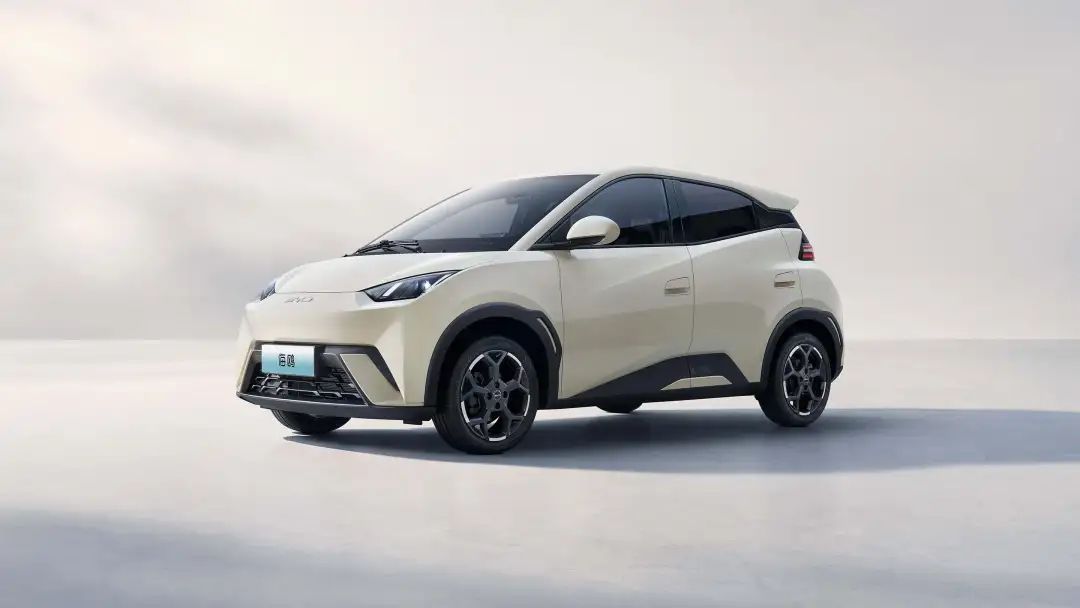
These actions have undoubtedly caused a stir in the automotive market. The concept of 'electrification first, intelligentization later' has been well-established, but high-end smart driving features have traditionally been exclusive to high-end models, with high prices deterring many consumers.
Changan and BYD's moves are a clear statement to the market that the era of 'smart driving equality' is imminent, and that advanced smart driving is no longer the preserve of luxury models.
However, the rise of smart driving equality has highlighted a growing conflict concerning the future of mobility: the clash between smart driving equality and smart driving subscription.
One camp believes that intelligentization is the future, aiming for technology to benefit all. Smart driving equality allows more people to experience the convenience of intelligent driving, and it is inevitable.
The other side contends that current smart driving technology is still in its nascent stages, with varying levels of proficiency across companies. The principle of 'you get what you pay for' still holds, and premature pursuit of equality could stifle technological development.
This debate reflects diverging visions for the future mobility ecosystem. Balancing technology accessibility with commercial interests to promote technological progress will be a critical challenge for the automotive industry.
Yet, it is certain that with continuous technological advancements and cost reductions, smart driving equality will eventually become a reality.
Smart Driving Equality vs. Smart Driving Subscription
Regarding smart driving subscription, Tesla stands as the most prominent example.
Elon Musk once stated that if intelligent driving could be fully realized, Tesla could sell cars at cost, profiting from software subscriptions. In essence, he aims to lower vehicle prices and monetize through software subscriptions.
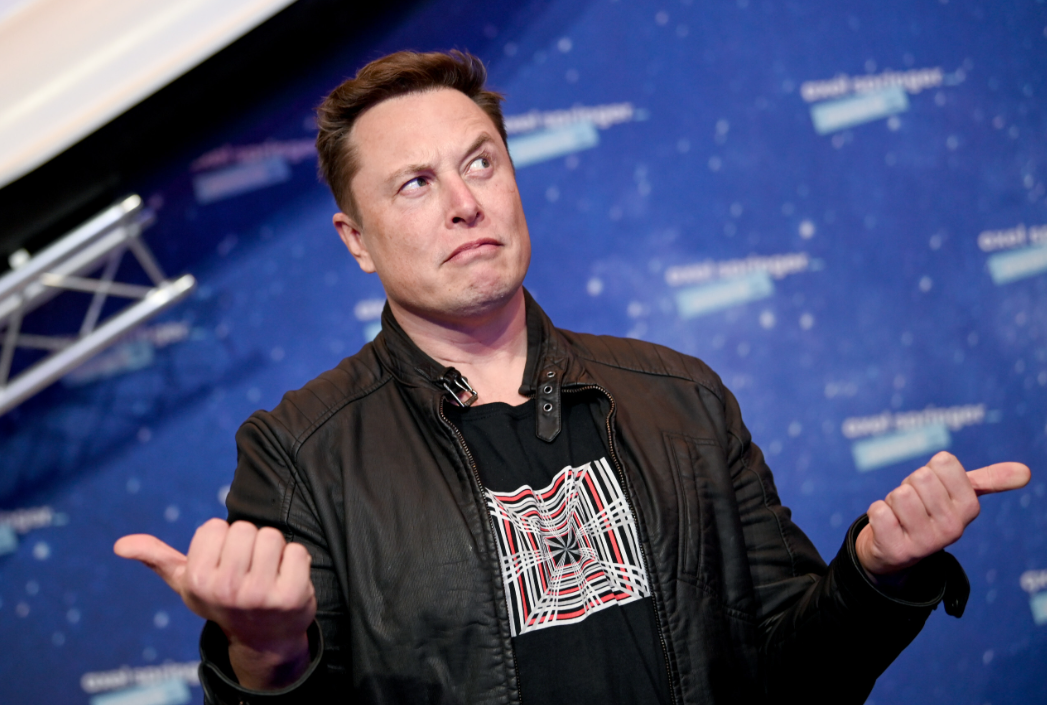
This logic is theoretically sound. A reduced car price acts as an affordable amusement park ticket, lowering the entry barrier. Subsequent software subscriptions are like individual rides, each with different prices, be it a ferris wheel or a roller coaster.
However, upon closer inspection, a significant flaw emerges: how to lower the car price?
Currently, Tesla's main models, the Model 3 and Model Y, are priced above 200,000 yuan, with some configurations exceeding 300,000 yuan. They firmly occupy the mid-to-high-end segment in the new energy vehicle market, with a relatively high purchase threshold. Previously advertised lower-priced models have yet to materialize.
It's worth noting that the automotive market has been dominated by price wars in recent years, with mainstream automakers reducing costs to lower purchase thresholds for consumers. Even luxury brands like BBA have not been spared. In this context, how many car owners are willing to spend extra on advanced smart driving features?
Even if Tesla lowers its vehicle prices, there's a flaw in its software subscription logic. Many users of lower-priced models have limited budgets. If you're on a tight budget, are you willing to spend tens of thousands of yuan on a subscription for advanced smart driving features?
Unlike Tesla, most domestic automakers adopt a bundled approach, combining the vehicle price with advanced smart driving features, akin to an all-access pass in an amusement park.
Take XPeng's G6 as an example. While it comes standard with advanced smart driving features, the more advanced XNGP intelligent assisted driving system, including full-scenario intelligent assisted driving, AI valet parking, and urban NGP intelligent navigation assisted driving, requires the purchase of the MAX version.
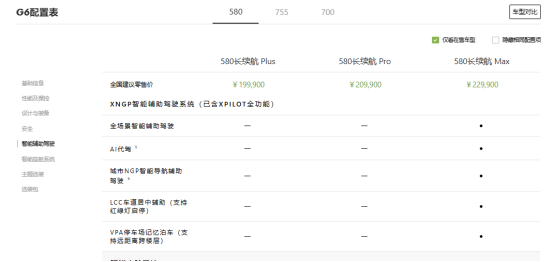
Many other automakers, while claiming to charge for advanced smart driving features, essentially offer 'limited-time free trials' during purchase, which to some extent amounts to smart driving equality, such as Zeekr and Xiaomi.
Recently, XPeng has adopted a standard approach. Its newly released XPeng P7+ models are all MAX versions, with NGP as standard. At the sharing event, XPeng also announced that P7+ and subsequent models will no longer distinguish between Max and Pro versions, with AI smart driving as standard across the line-up, and stated that there will be no optional extras, subscriptions, or additional fees.
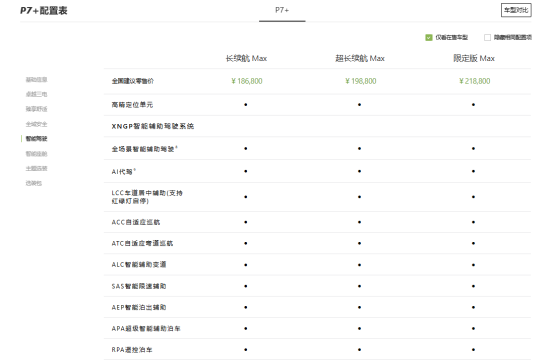
Based on the above analysis, combined with the actions of XPeng, BYD, and Changan, it's evident that making advanced smart driving features standard, bringing high-end technology to consumers, and ultimately achieving true 'technological equality' is the current development trend in the automotive industry.
Why the Doubt?
Since smart driving equality, without any gimmicks, directly as standard, benefits consumers, why the doubt?
This stems from the current immaturity of smart driving features in the automotive industry. While highway NOA is widespread, urban NOA is becoming mainstream, but the level of advanced smart driving features varies among automakers.
Yu Chengdong recently stated, 'Intelligent driving, being barely usable versus being easy to use and safe, is a completely different realm.'
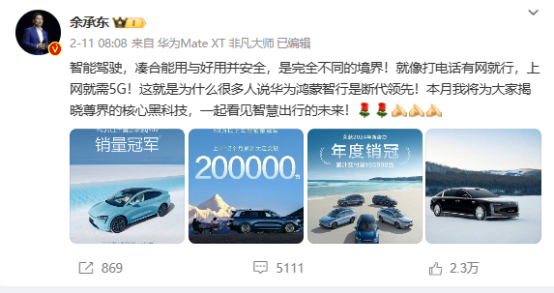
Despite being labeled as advanced smart driving features, there are differences in actual usage. Even high-priced models with advanced smart driving features may encounter issues during use.
Moreover, current intelligent driving is still at the L2 level, with L3 uncertain, let alone L4 and L5, which remain distant.
These points illustrate that intelligent driving is a technology with immense room for growth. It's also a high-investment, high-threshold technology. Realizing a commercial closed loop through subscription fees can support automakers' and smart driving companies' R&D and innovation, accelerating smart driving technology development.
This is the source of doubt: current smart driving technology is not mature. When the technology matures and is widely recognized by the market, costs can be reduced through economies of scale, accelerating smart driving equality.
In the author's opinion, both arguments have merit. Regardless of the perspective, 'smart driving equality' will be the future trend. After all, as consumers, who doesn't want more features without a price hike?
From an industry perspective, Changan and BYD's moves are significant. Promoting smart driving equality is a process, and someone has to take the first step. Additionally, the vast amounts of road driving data collected post-popularization can feed back to automakers, driving progress in their smart driving technology.
On the other hand, despite the current high cost and immaturity of advanced smart driving technology, due to Moore's Law, chip performance doubles every two years on average, while the price halves.
Both lidar and millimeter-wave radar chips used in advanced smart driving hardware will evolve infinitely under Moore's Law. Perhaps many advanced smart driving features are barely usable now, but what about in two years? Five years? Or even ten years?
When advanced smart driving evolves from 'barely usable' to 'easy to use,' and when standard highway NOA becomes standard urban NOA with decreasing costs, the author believes that smart driving equality will inevitably become mainstream across the automotive industry.
Thus, it's evident that advanced smart driving should develop towards equality, but achieving complete equality will be a lengthy process with numerous challenges.
The era of charging for advanced smart driving will eventually come to an end.






